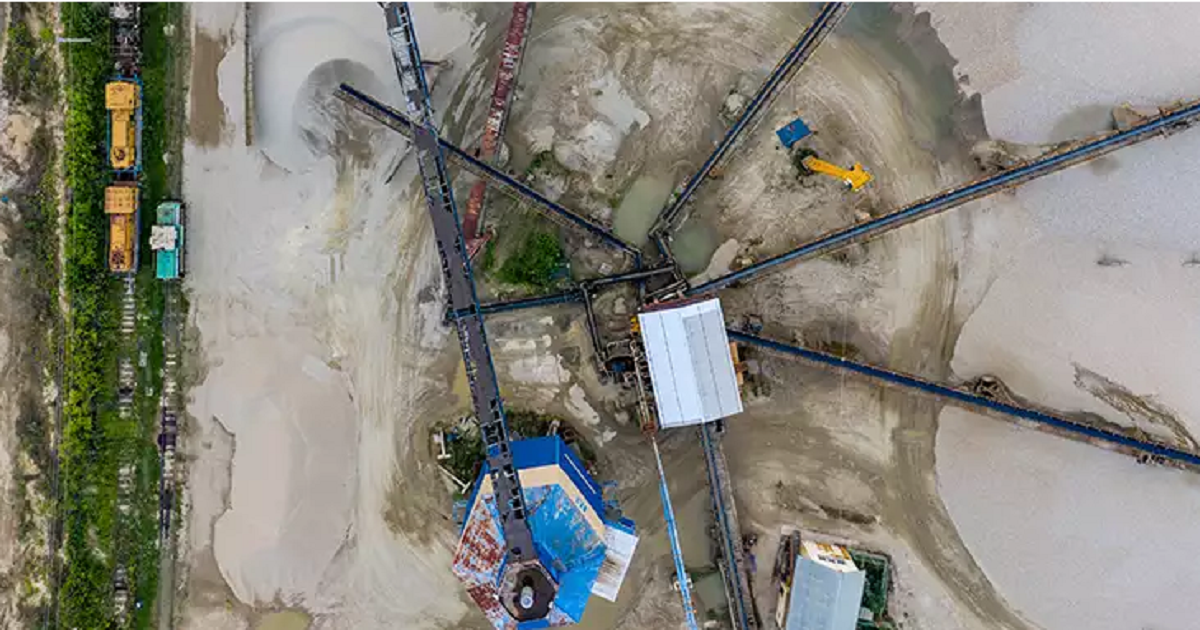Optimizing energy efficiency with AI-powered energy management software

In today's digital age, the telecom industry plays a crucial role in connecting people and businesses. Still, the pervasiveness of networks is leading to an increase in network energy consumption. As a result, one of the rising priorities among telecom executives is to meet impactful sustainability targets. There’s a pressing need to improve energy efficiency in telecom and decrease the carbon footprint of communication service providers (CSPs). AI-powered energy management software will help.
Sustainability in telecommunications: A business imperative
Embracing sustainability is an undeniable business imperative for CSPs. Customers, stakeholders, and regulatory bodies are demanding environmentally responsible practices. By reducing carbon emissions and energy consumption, CSPs can meet these expectations and differentiate themselves in a highly competitive market. Demonstrating a commitment to sustainability can attract eco-conscious customers and help forge valuable partnerships.
Telecom energy efficiency software will help CSPs monetize new 5G use cases
Energy-efficient software applications leverage AI and machine learning to predict network demand, which enables CSPs to dynamically allocate resources and reduce energy consumption during periods of low utilization. Intelligent algorithms can optimize network routing to ensure data travels through the most energy-efficient pathways, thus minimizing power consumption. And this helps pave the way for CSPs to monetize new 5G use cases centered around energy efficiency.
A report compiled by Mobile UK suggests that 5G technology can help reduce global CO2 emissions by 250 million tons before 2030. This statistic is bolstered by the estimates of a 1% decrease in carbon emissions in the energy industry between 2020 and 2030.
This is a positive outlook; however, CSPs still face a paradox. 5G equipment is designed to be more efficient. But as 5G rollouts accelerate and Internet traffic surges, the overall energy consumption demand on mobile networks will rise, as will the associated costs. By harnessing AI-driven energy efficiency software, both energy consumption and carbon emissions can be reduced – in a matter of weeks, not months. This reality presents CSPs with 5G use case opportunities that they can monetization in the not-so-distant future.
AI-driven energy efficiency software use cases:
Smart grids: One of the most significant applications in the 5G-era is in the development of smart grids. 5G can provide the high-speed, low-latency communication necessary for real-time control and monitoring of the grid. This can help balance energy supply and demand, reduce energy waste, and increase renewable energy integration.
Industrial automation: 5G also supports industrial automation, which can reduce energy waste by optimizing production processes and reducing downtime. With 5G’s high-speed, low-latency communication, industrial automation systems can operate in real-time, making them more responsive and efficient.
Remote monitoring and control: Through 5G we will see advancements in remote monitoring and control technologies. 5G will enable energy systems to be monitored and controlled from a central location, reducing the need for on-site personnel, leading to reduced energy waste, lower costs, and improved safety.
Predictive maintenance: Data analytics and machine learning can help predict when equipment will fail, enabling maintenance to be performed before a failure occurs. This can reduce downtime and improve energy efficiency by ensuring that equipment is running at optimal levels. With 5G, data can be transmitted in real-time, allowing predictive maintenance to be more accurate and effective.
How AI-driven automation can help CSPs today
The onus is on us to prioritize sustainability and reduce our carbon footprint. By optimizing network infrastructure, improving energy management practices, and leveraging software solutions, we can pave the way for a greener and more sustainable telecom industry.
AI will play an important role in reducing CO2 emissions and lowering network energy costs – across new applications – without having an impact on network performance or customer experience. In fact, real-world experience shows that AI-driven automation can be implemented in a matter of weeks, making it an immediate opportunity for cost savings. Nokia’s multi-vendor AVA Energy Efficiency customers have experienced savings of up to 30% in live network deployments; and this solution is a testament to Nokia’s broader commitment to meet environmental, societal and governance (ESG) goals across the telecom industry.
















Tag